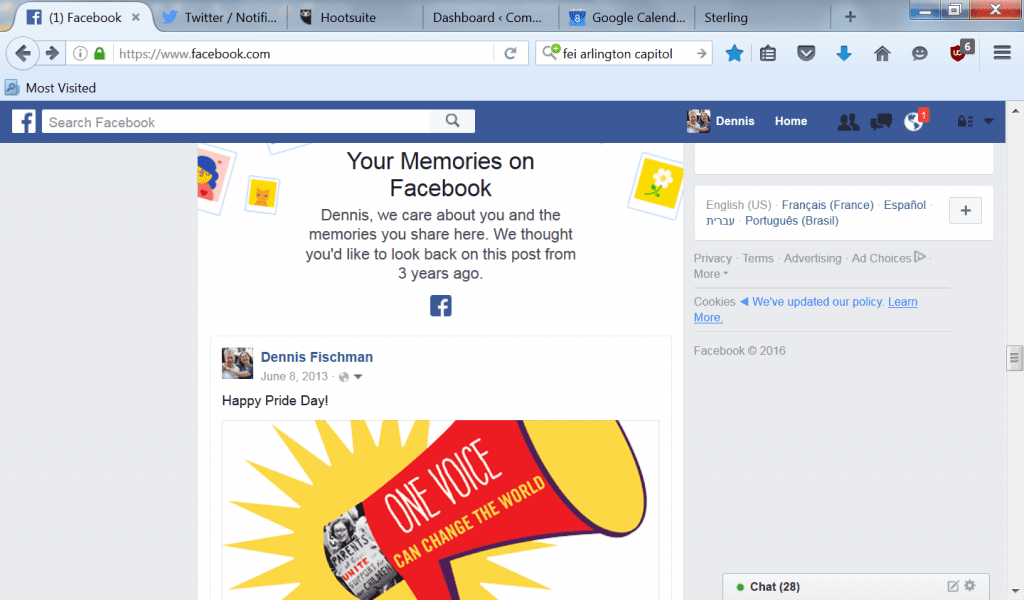Can nonprofits learn something about thank-yous from Facebook memories?
You’ve probably seen them on your own Facebook feed. Memories from a year ago, or two, or five, pop up at random intervals. In truth, some of the memories are pretty random, too. (Do I really need to see that on this date in 2010, my email was down?)
But every once in a while, Facebook really gets it right. One day, Facebook told me my niece Fay celebrated her bat mitzvah eight years ago this week. Now she is two years out of college, in California, in her first job.
Seeing that memory put a smile on my face. And it also made me wonder: can nonprofits say “thank you” to donors by sharing good memories?
Memories Make Relationships
Marriages are built of memories. So is the relationship between the donor and your nonprofit. When that donor thinks back to a time they are happy about, or proud of–and you were a part of it–it’s bound to make the donor associate that pride and joy with you.
What could you do to remind them of that time? Here are a few ideas:
- Find a photo of that donor volunteering for your organization. Email it to them, or post it on social media and tag them. “Janine, do you remember when you and Joe packed school supplies into back packs for a hundred kids from low-income families who were just starting school? We remember! Thank you!”
- Find a photo of that donor having a great time at your organization’s event. Email it to them, or post it on social media and tag them. “Randy, remember when you won the safari at our auction? We do! Look at the expression on your face!”
- Recognize long-time donors by reminding them what they accomplished. “In 2006, you helped prepare Cheri and dozens of other parents like her to give their newborns a healthy home. In 2010, you helped her make reading to her son James a part of the daily routine. With this current gift, you have helped James get free lunches all summer. What a lot you have accomplished with your donations! Thank you!”
I’m sure there are other ways to share good memories with your supporters. Have you tried anything I have mentioned here, or some other approach? How did it work out for your nonprofit?


